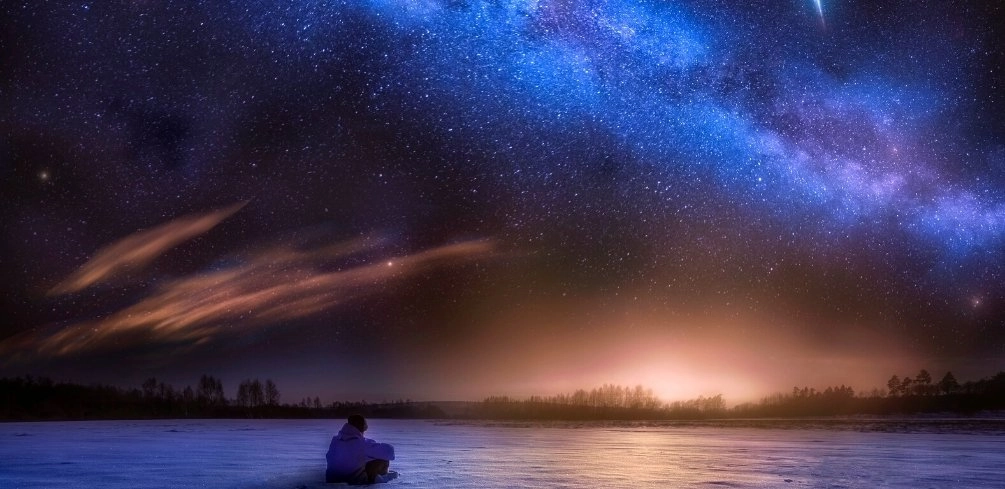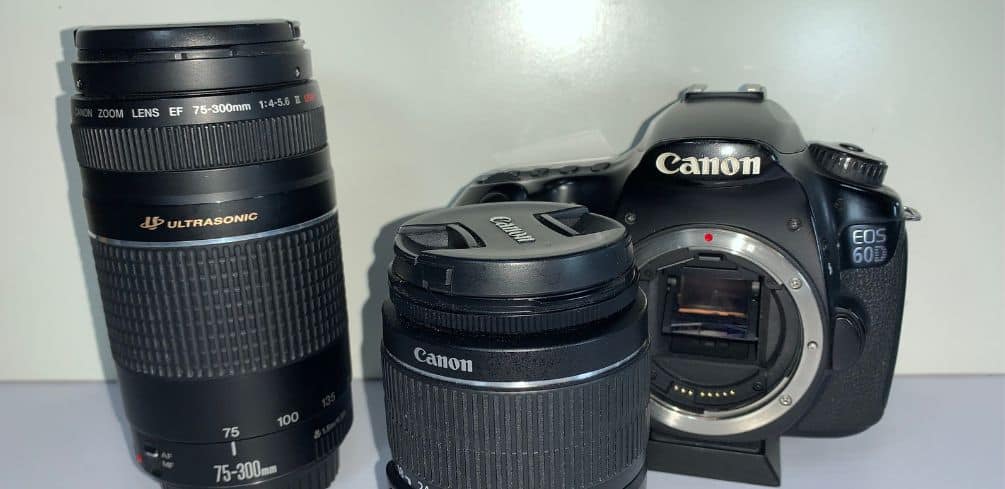A long focal ratio gives a narrower field of view and higher magnification. This is great for observing the moon, planets, double stars, etc. An ideal focal ratio for this type of object is f/10 or more. If you are interested in capturing wide views of galaxies, star clusters, and the Milky Way, a low focal ratio is preferred.
Choosing the right focal ratio for astrophotography can be difficult, especially when you don’t know what to look for. This article will answer all of your questions and provide a complete guide to selecting the best focal ratio for your needs.
We will also go over a few frequently asked questions about a telescope’s focal ratio and why it is important to get it right.
The Right Focal Ratio for Astrophotography: A Comprehensive Guide
What is the Focal Ratio?
The focal ratio of a telescope is determined by dividing the focal length by aperture size. The larger the focal ratio, the greater detail, and slower an object can be moved across its image surface per degree of arc.
The lower the f/number is on an eyepiece or camera, the wider your field of view and brighter your images will be with that device.
For lower power widefield observing and deep space photography, a focal ratio of f/4 to f/5 is generally best. Slow f-ratios in the range of 11 to 15 make it easier for people to observe lunar, planetary, and binary star phenomena.
These numbers also offer an increased depth of field with high-power photography equipment. Medium focal ratios of f/6 to f/10 work well with both.
An f/5 system can photograph faint extended deep-space objects in a fourth of the time it would take an f/10 system, but the image will only be half as large. Point sources are recorded based on the aperture, rather than focal ratio, so that the larger the aperture, the fainter star you can see or photograph.
Choosing the Best Focal Ratio for Astrophotography

A long focal ratio gives a narrower field of view and higher magnification with a given eyepiece. This is great for observing the moon, planets, double stars, etc.
An ideal focal ratio for this type of object is f/10 or more. If you are interested in capturing wide views of galaxies, star clusters, and the Milky Way, then a low focal ratio is preferred.
A telescope with a low focal ratio provides more of the sky but less magnification. Widefield telescopes have a narrower focal ratio of less than f/7.
The focal ratio of your telescope can also affect how bright extended objects like nebulae or galaxies are. A telescope with a focal ratio of f/5 will show an image four times brighter than a telescope with a focal ratio of f/10, all other things being equal.
A telescope’s focal ratio dictates how many times larger the image will be than the object. But stars, which are point sources of light, are not influenced by aperture size, only the focal ratio.
Why Does the Focal Ratio Matter?
Focal ratios dictate how many times larger the image will be than the object. The focal ratio is a major factor in determining what type of objects you can observe.
This means that it dictates whether or not an object should have a high, medium, or low power magnification.
A narrow field view would require higher powered optics with shorter focal lengths to achieve sufficient magnification for small deep space objects like galaxies and planetary nebulae, which are often faint and diffusely extended over large areas of sky (a requirement for most amateur astronomers).
These short optical tubes may not provide enough light-gathering capability for widefield observation due to their lower f/ratios. However, long focal length telescopes tend to gather less light because the light has to travel through the tube for a longer distance to reach the eyepiece.
This is why a magnification of about 100x-200x for deep space viewing may be desirable, while you would only want to see an object at very high magnifications when observing extended objects like nebulae or star clusters which are relatively bright and compact (and therefore require shorter focal lengths).
Should I or Should I Not Use a Focal Reducer?
A focal reducer is a device that causes the focal ratio of a telescope to be reduced by one or two f-stops. This may have advantages when photographing deep space objects that are too faint to record otherwise, at the expense of some field of view and increased diffraction blur.
So you might want to consider using a focal reducer if you are looking for a combination of high magnification and faint, extended deep-space objects.
A focal reducer is not as effective in the opposite situation where you would want higher powers to see more detail on an object like a planet or moon. The problem with this approach is that when using optics with too much power, there will be diffraction blur, reducing contrast and resolution from what they would otherwise offer at lower magnifications.
Adding a reducer to reach even higher powers can increase the amount of optical aberrations, including coma and astigmatism due to atmospheric turbulence. This means that if your goal is photographing planets or other bright astronomical objects (like stars), then it is better not to use any type of focal reducer.
However, plan on photographing galaxies or other dim objects that are more easily photographed with high magnification and a narrow field of view to see all the detail in one picture. It might be worth considering using a focal reducer for these types of targets.
Conclusion
Determining the best focal ratio for your telescope is important when contemplating what type of object you want to observe. You will need to make a trade-off between brightness, magnification, and field of view.
Hopefully, the tips we have provided here will help you make the right decision for your astrophotography needs. Just remember that you have to know what you are looking for before deciding on the focal ratio of your telescope.
Please be careful and use at your own risk
None of the authors, contributors, administrators, or anyone else connected with StarryNova, in any way whatsoever, can be responsible for your use of the information contained in or linked from these web pages.

